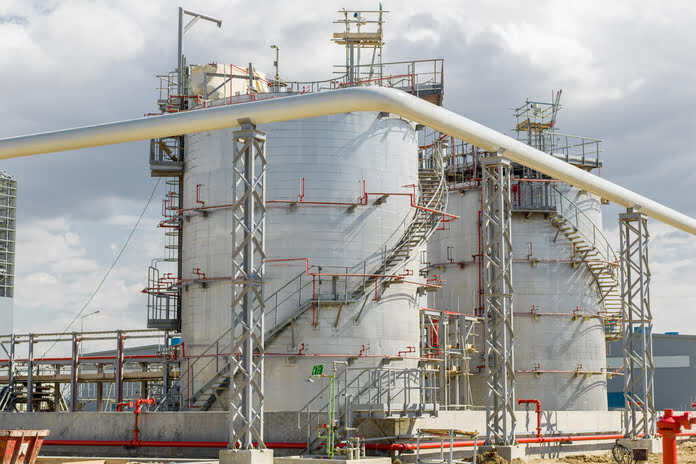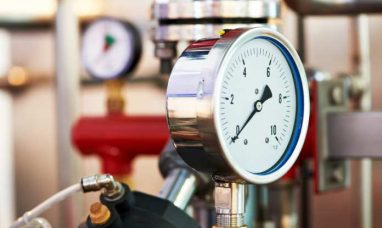On Monday, Saudi state oil giant Aramco (TADAWUL:2222) revealed plans for an additional nearly $10 billion dividend, with a major portion allocated to the government. This extra payout comes in addition to the expected $153 billion base dividend for both 2022 and 2023. Aramco is set to initiate performance-linked dividends, starting with a $9.87B payout in Q3, set on by its full-year 2022 and first-half 2023 results.
What sets this move apart is the base dividend of approximately $19.5 billion for the second quarter, consistent with the first quarter, which remains unaffected by the company’s performance – an unusual practice for listed companies. The supplementary dividend, announced earlier, will be disbursed over six quarters and is calculated based on 70% of Aramco’s free cash flow for the years 2022 and 2023, after deducting the base dividend and other amounts.
Aramco had previously stated that the performance-linked dividend would range from 50% to 70% of their free cash flow. Despite a rise of about 12% in the company’s shares this year, reaching 32.65 riyals, the Saudi state remains the primary shareholder, with direct holdings accounting for 90.19%. The sovereign Public Investment Fund (PIF) holds 4%, while PIF subsidiary Sanabil owns another 4%.
Meanwhile, Saudi Arabia encountered a budget deficit of 8.2 billion riyals in the first half of 2023, raising concerns of a full-year deficit after recording its first surplus in nearly a decade the previous year. The PIF, which occasionally receives government injections, invested 120 billion riyals domestically in the past year to drive an ambitious economic agenda focused on diversifying the economy away from oil and establishing new industries.
The Vision 2030 plan, spearheaded by Crown Prince Mohammed bin Salman, the de facto ruler of the kingdom, includes the construction of a $500 billion car-free city in the desert. However, Aramco’s net profit for the quarter ending on June 30 declined to 112.81 billion riyals ($30.07 billion), marking a 38% drop from the 181.64 billion riyals reported a year earlier. The decline is attributed to weaker oil prices and slimmer refining and chemicals margins.
Despite the dip in profits, most oil majors reported strong or record-breaking earnings in the second quarter due to Western sanctions against major oil exporter Russia, which exacerbated an already undersupplied global market, leading to a surge in crude and natural gas prices. While Brent crude prices have fallen from $113 per barrel a year ago due to concerns over an economic slowdown and surplus supplies, efforts by Moscow and Riyadh are underway to stabilize prices.
Presently, oil futures are at their highest since mid-April after Saudi Arabia and Russia committed to reducing supplies for another month to further tighten global markets. On Monday, Brent crude was trading just above $85 per barrel. The OPEC+ alliance, comprising Saudi-led OPEC and allied oil-producing nations led by Russia, is responsible for pumping around 40% of the world’s crude and has been restricting supply since late last year to support the market.
CEO Amin Nasser reaffirmed Aramco’s long-term perspective, anticipating a global economic recovery and increased activity in the aviation sector. To safeguard energy security, the company plans to continue investments in energy projects. Nasser also expressed confidence in the growth of the chemicals sector, especially in China, where Aramco has several investments in the pipeline, soon to be disclosed. Despite the challenging times, Aramco still maintains its capital expenditure between $45 billion and $55 billion for this year.
Featured Image: Freepik @ KamranAydinov















